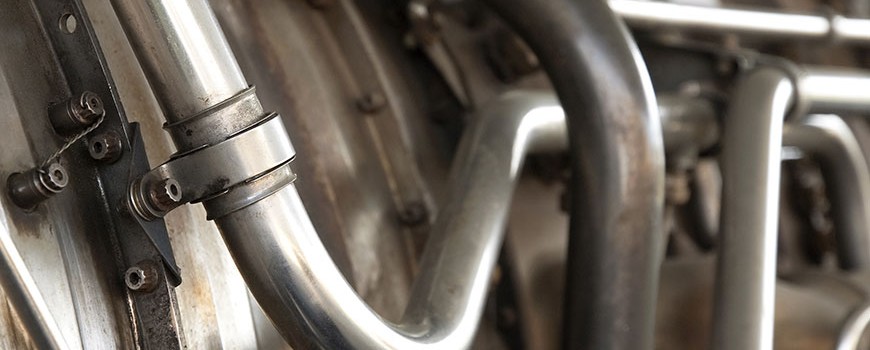
Metaqua® – corrosion inhibitor for drinking water systems based on a combination of orthophosphates and polyphosphates.
The main product for Method® integration procedure.
Metaqua® 5050
Metaqua® 5050 is a corrosion inhibitor mainly for central water systems. It can also be used in industrial water supply systems and as a primary product for the patented Method® integration process (EP 0860517).
Metaqua® 5050 is recommended for medium-hard and hard water.
The combination of orthophosphates and polyphosphates reduces corrosion rates and prevents brown water from forming in low flow and stagnant areas. The product can be used to reduce corrosion on equipment with copper surfaces.
Metaqua® 5050 composition and recommended dosage comply with German drinking water regulations. Metaqua® 5050 complies with DIN EN and FAO/PSO Food Additives Committee standards.
The action of Metaqua® 5050 corrosion inhibitor for steel, galvanized steel and copper systems is based on the formation of a protective layer of phosphate. Metaqua® 5050 prevents the formation of brown water by deactivating ions of heavy metals such as iron and manganese. Components of polyphosphates stabilize water hardness and prevent precipitation in warm and cold water.
The dosage depends on the water parameters and operating conditions. Typical Metaqua® 5050 dose is from 3 to 8 ml/m3.
The correct dosage of the product can be determined with the help of ŠOMIS specialists.
Metaqua® 8140
Metaqua® 8140 is a lime inhibitor that protects drinking water systems with a hardness of more than 2.5 mol/m3 (TH> 250 ppm CaCO3) from corrosion.
Metaqua® 8140 is a combined powder product made of special alkaline phosphates and alkaline silicates. This product gradually stabilizes the water hardness and prevents lime scale formation in cold and hot water.
At temperatures above 65°C/150°F, the level of protection against precipitation is reduced. Amorphous precipitation appears above the stabilisation limits.
Metaqua® 8140 protects against corrosion, corrosive precipitation and "brown water" by covering heavy metal ions such as iron or manganese.
Recommended concentration of the product is from 3 to 8 g/m3.
Metaqua® 8145
Metaqua® 8145 is a scale inhibitor that protects from corrosion the drinking water systems with water hardness above 2.5 mol/m3 (TH> 250 ppm CaCO3) and a total alkalinity above 4.3 mol/m3 (TAC > 215 ppm CaCO3).
Metaqua® 8145 gradually stabilizes the hardness of water and prevents lime scale formation in cold and hot water.
If the temperature exceeds 65°C/150°F, the level of protection against precipitation decreases.
Metaqua® 8145 protects against corrosion, corrosive deposits and "brown water" by covering heavy metal ions such as iron or manganese.
Metaqua® 8145 is used without dilution. The normal dose of this product is 100 ml/m³.
Metaqua® 8155
Metaqua® 8155 is a lime inhibitor that protects from corrosion the drinking water system with a hardness of 1.3 to 3.8 mol/m3 (TH 130 to 380 ppm CaCO3).
Metaqua® 8155 is a combined liquid product based on special alkaline phosphates and alkaline silicates.
If the temperature exceeds 65°C/150°F, the level of protection against precipitation decreases. Amorphous sediments appear above the stabilisation limits.
Metaqua® 8155 protects against corrosion, corrosive deposits and "brown water" by covering heavy metal ions such as iron or manganese.
Metaqua® 8155 is used without dilution. The normal dose of this product is 100 ml/m3.
VIDEO: Metaqua® drinking water treatment. Prevention of "brown water".


